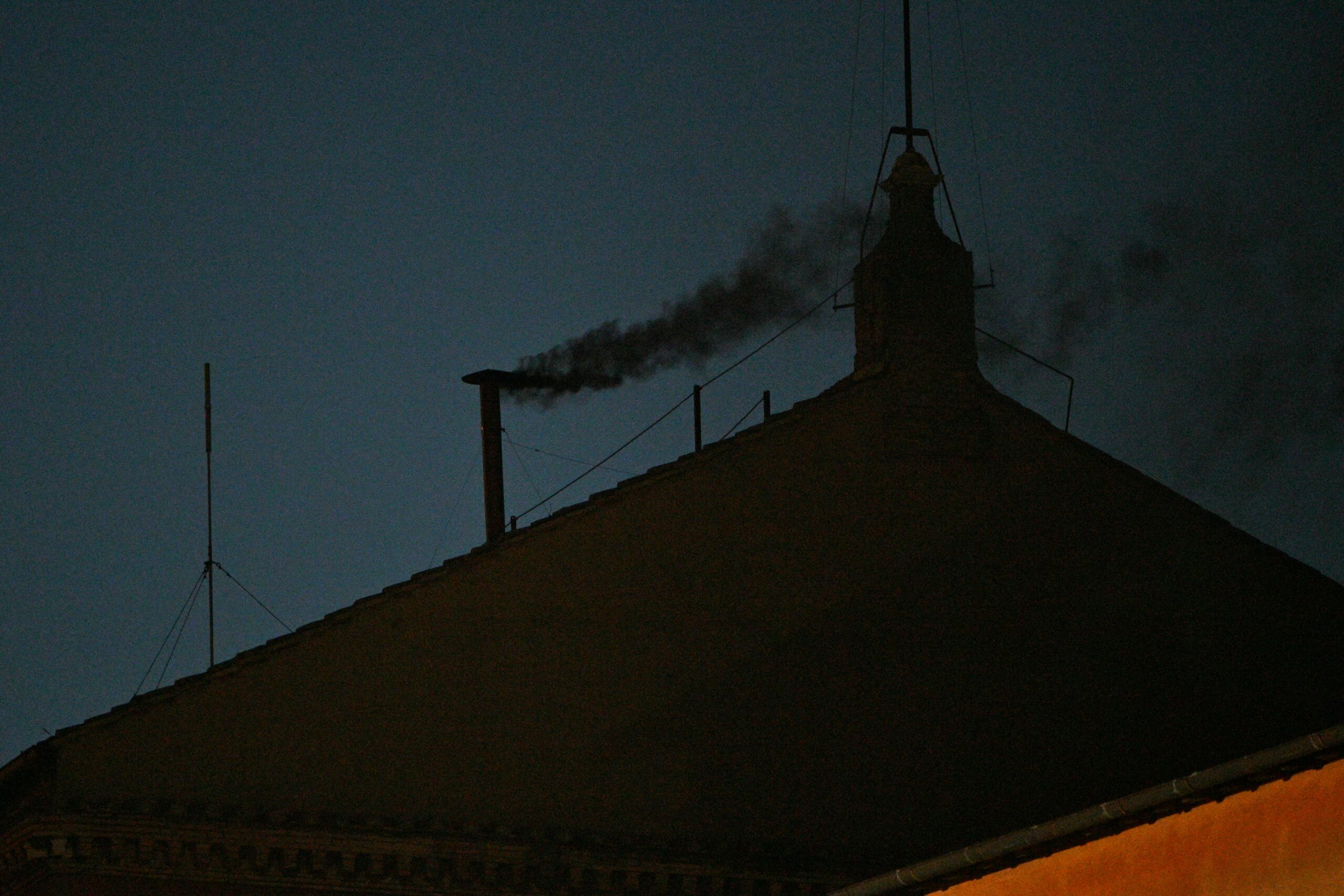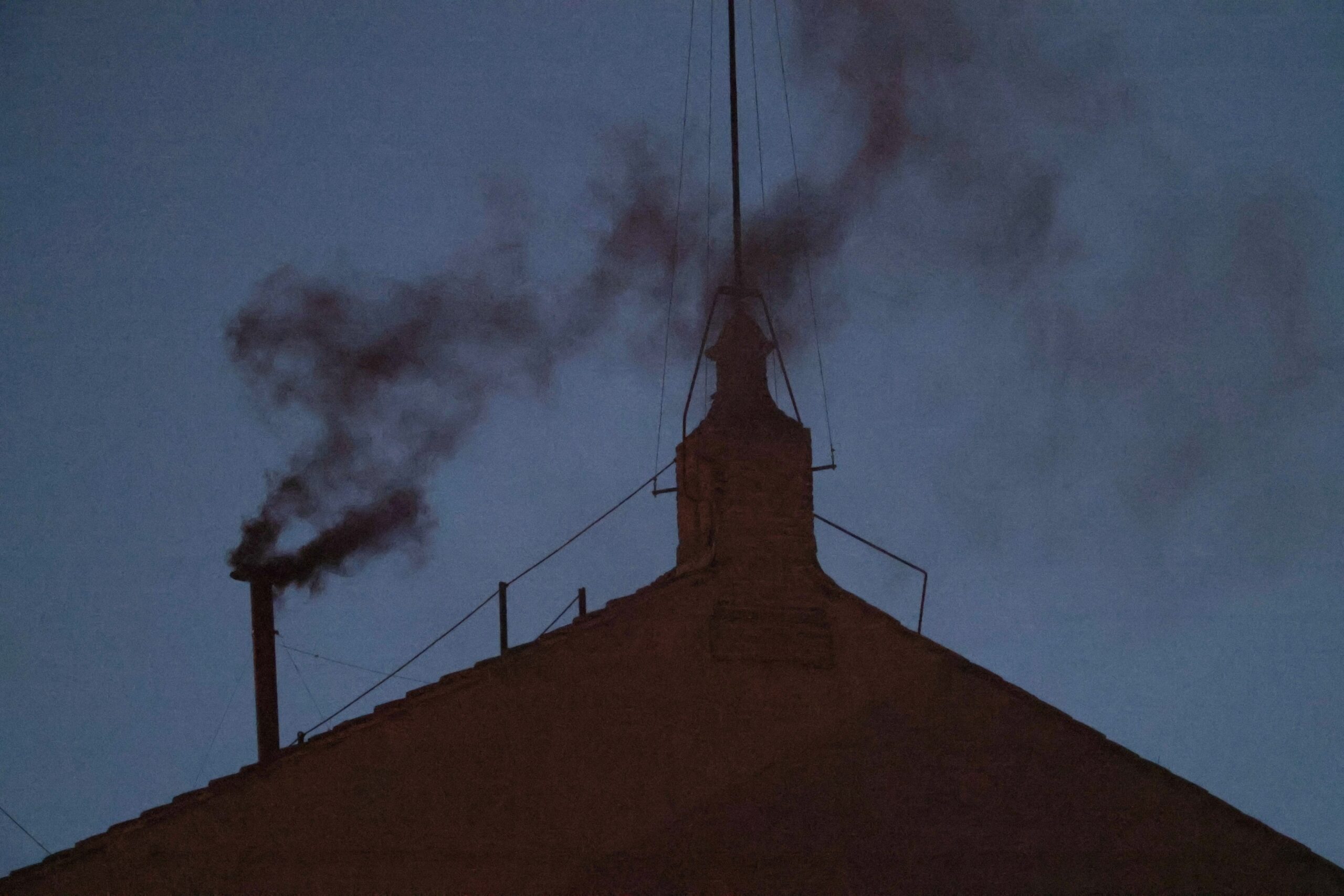Cardinals in the secret conclave to decide the next pope have cast their first votes but failed to reach a consensus.
Black smoke has poured from the Sistine Chapel chimney, signalling the 133 cardinals taking part have voted but have not yet reached a two-thirds consensus required to elect a new leader of the Catholic Church.
The smoke is the only public sign of what is happening during the Papal Conclave, after the cardinals handed in their phones and took oaths of secrecy while the Vatican shut down mobile phone towers to protect the deliberations.
The conclave began with a mass in St Peter’s Basilica on Wednesday morning, and senior cardinal Giovanni Battista Re prayed for the cardinals to be enlightened to choose “the Pope our time needs”.
Standing before Michelangelo’s famous vision of heaven and hell, the cardinals swore to carry out the solemn duty of selecting a new Pope.
Cardinals Pietro Parolin and Cardinal Luis Antonio Tagle have been among the favourites to succeed Pope Francis, who made liberal changes to the Catholic Church during his 12-year papacy.
Who is Cardinal Tagle? The youthful 67-year-old tipped as a favourite to be the next Pope
How long does the conclave take?
The longest conclave in history lasted nearly three years, but it’s reasonable to assume that this conclave will be much, much shorter.
Cardinals this week said they expect a short conclave, though it will likely take at least a few rounds of voting.
A first round produced darks dark smoke that rose into Wednesday’s night sky, sending a disappointed crowd to disperse in all directions.
For most of the past century, it has taken between three and eight ballots to find a pope. John Paul I — the pope who reigned for 33 days — was elected on the third ballot in 1978. His successor, St. John Paul II, needed eight. Francis was elected on the fifth in 2013.
The history of papal names
For most of the Catholic Church’s first millennium, popes used their given names. The first exception was the 6th century Roman Mercurius, who had been named for a pagan god and chose the more appropriate name of John II.
The practice of adopting a new name became ingrained during the 11th century, a period of German popes who chose names of early church bishops out of “a desire to signify continuity,” said the Rev. Roberto Regoli, a historian at Rome’s Pontifical Gregorian University.
For many centuries, new popes tended to choose the name of the pope who had elevated them to cardinal. John was the most popular, chosen by 23 popes, followed by Benedict and Gregory, each with 16.
Only starting in the mid-20th century did new popes begin to choose names signaling the aim of their papacy, Regoli said.
“Even now, as we are waiting for the new pope, the name with which he will present himself will help us to understand the horizon towards which he wants to proceed,” Regoli said.
Some names have been out of use for centuries, like Urban or Innocent.
“I don’t think anyone will pick Innocent,″ Imperatori-Lee said, given the abuse and other scandals that have rocked the church. ”I don’t think that would be the right choice.”
Five reasons why previous non-European papal candidates have fallen short
Full report | Black smoke seen over Sistine Chapel after first vote for Pope undecided
Voting to resume tomorrow
The wait for a new pope goes on after black smoke rose from the Sistine Chapel.
It is expected voting will resume on Thursday, and up to four rounds of voting can take place each day, two in the morning and two in the afternoon.

Watch | Moment smoke signal shows whether new Pope has been chosen
Pictured | Black smokes pours out chapel chimney


Breaking | Black smoke emerges from the Sistine Chapel
Cardinals in the secret conclave to decide the next pope have cast their first votes but failed to reach a consensus.
Black smoke has poured from the Sistine Chapel chimney, signalling the 133 cardinals taking part have voted but have not yet reached a two-thirds consensus required to elect a new leader of the Catholic Church.
Waiting for the first smoke signal
People filled the crowd of St. Peter’s Square as cardinals were locked in the Sistine Chapel, taking what was expected to be their first vote to choose a new pope.
They were waiting for smoke to waft from a chimney over the chapel: black for votes that fail to get a winner or white when they have one.
Tom Hallett, 65, came to Rome from Florida to witness the election of a pope.
“I feel he will be Italian since it hasn’t been like that since 1978,” he told AP.
He didn’t expect to see white after the first vote but came anyway. “It will be God’s choice,” he added.
Myra Beye, 25, who hails from the Philippines but has lived in Rome for many years, was expecting the election of Filipino Cardinal Luis Antonio Tagle.
“So that’s why I’m here today, to support him, even though my prayers will be with whoever is elected,” she said.
